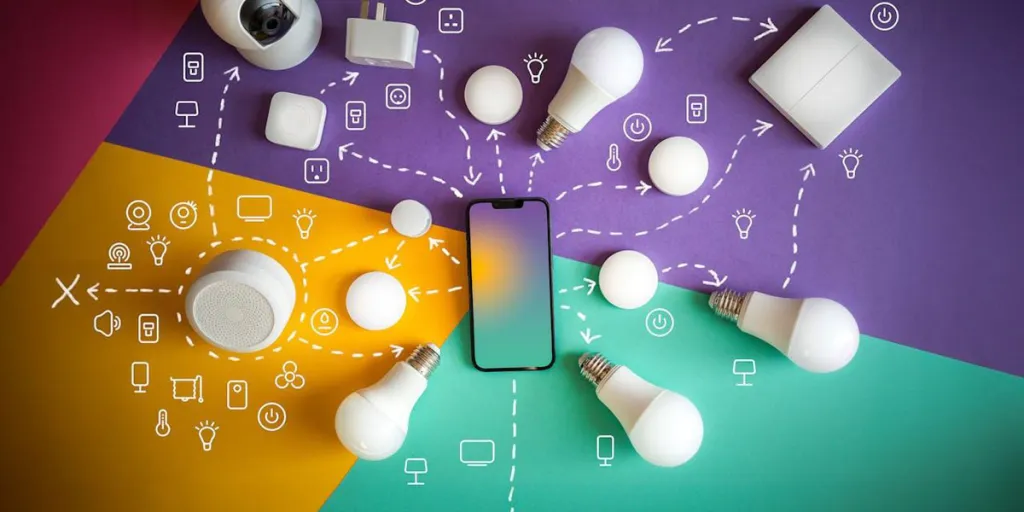Smart homes have emerged as the epitome of convenience and efficiency. Today, homeowners can effortlessly control various aspects of their living space with a voice command or a tap on their smartphones.
For tech businesses specializing in consumer electronics, integrating with these home assistants opens up a realm of possibilities. Here, we delve into some of the best tech gadgets that seamlessly integrate with home assistants, offering users unparalleled comfort, security, and entertainment.
Table of Contents
Understanding home automation
The home automation market
Factors to consider when purchasing smart home devices
Best tech devices that integrate into home assistants
Final thoughts
Understanding home automation
Home automation uses technology to control and automate various household functions and appliances. It involves integrating smart devices, sensors, and systems to enable remote monitoring, management, and optimization of tasks such as lighting, heating, cooling, security, entertainment, and more.
The primary goal of home automation is to enhance convenience, comfort, efficiency, and security for homeowners.
A home assistant is an artificial intelligence-powered software program or device designed to assist users with various tasks and commands within the home environment.
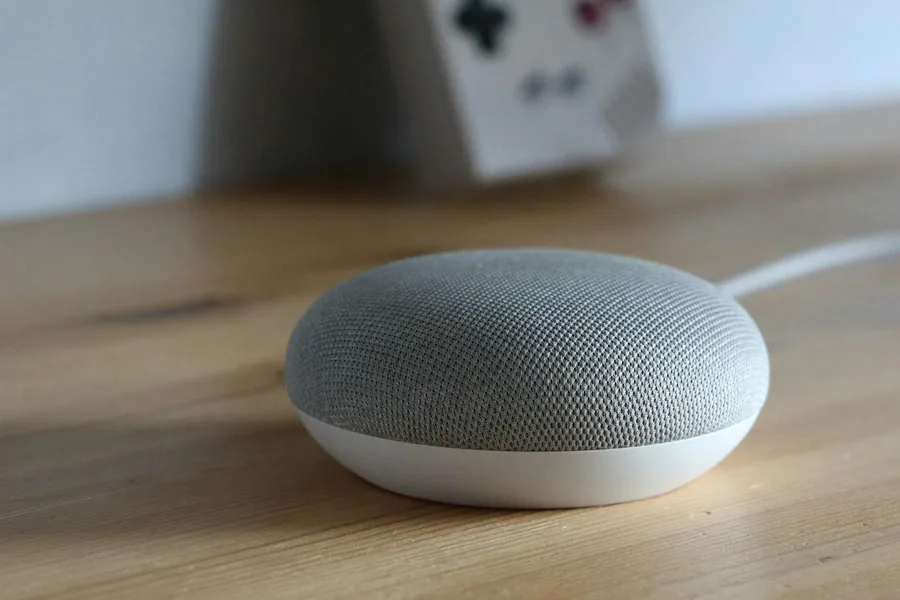
Home assistants are typically activated by voice commands or through smartphone apps and can perform a wide range of functions, including answering questions, setting reminders, playing music, controlling smart home devices, providing weather updates, and even ordering products online.
Popular home assistants include Amazon Alexa, Google Assistant, Apple Siri, and Microsoft Cortana.
These assistants leverage natural language processing and machine learning algorithms to understand and respond to user queries and commands, making them invaluable tools for managing smart homes and enhancing everyday living experiences.
The home automation market
The global market for smart home automation was USD 64.66 billion in 2022 and is projected to grow at a compound annual growth rate (CAGR) of about 27.3% between 2023 and 2030.
In 2022 and 2023, security and access emerged as the leader in generating market revenue and is anticipated to maintain its dominant position until 2030.
The home automation market is changing quickly, so businesses must pay close attention to the changes to ensure the products they sell stay relevant. Follow the Chovm blog to keep up-to-date.
Factors to consider when purchasing smart home devices
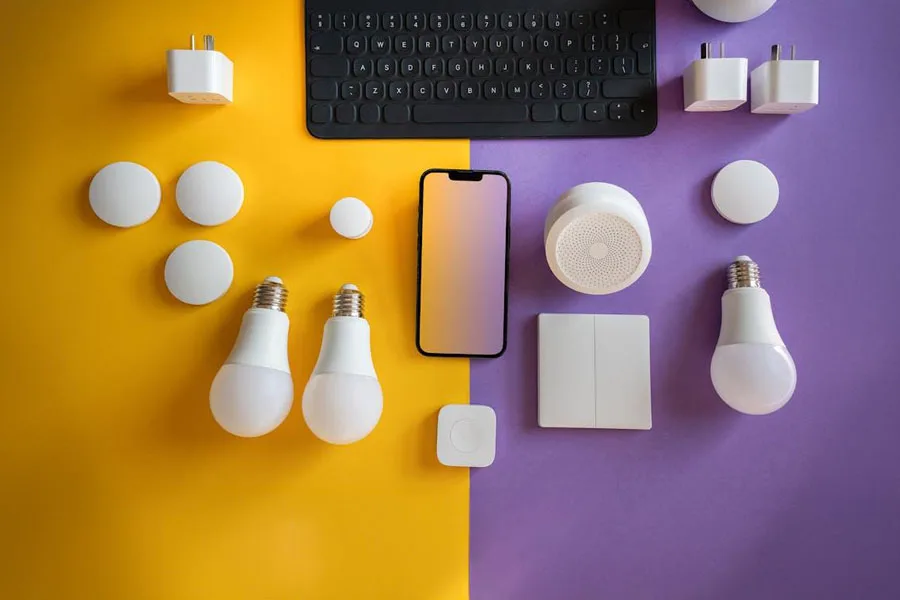
When consumers already have a home assistant, there are several key factors they should consider when purchasing new smart home devices to ensure compatibility, functionality, and a seamless integration into their existing setup.
Understanding these factors can help you give the best advice on what products to choose and provide the best customer service. These factors include:
- Compatibility with home assistant: The most critical factor is ensuring the new smart home device is compatible with the existing home assistant platform. Whether it’s Amazon Alexa, Google Assistant, Apple HomeKit, or another system, compatibility ensures that the device can be easily controlled and managed through voice commands or the home assistant app.
- Interoperability with existing devices: Consumers should consider whether the new device can integrate seamlessly with other smart devices and systems. Interoperability allows for centralized control and automation of multiple devices, creating a cohesive smart home ecosystem.
- Features and functionality: The features and functionality offered by the new smart home device should meet their specific needs and preferences. The device should deliver relevant and useful capabilities, whether it’s temperature control, security monitoring, entertainment options, or energy efficiency.
- Ease of installation and setup: The ease of installation and setup is another important consideration, especially for consumers who may not be tech-savvy. Ideally, the device should offer straightforward installation instructions and a user-friendly setup process, minimizing the need for professional assistance or complex configurations.
- Privacy and security: Given the increasing concerns surrounding data privacy and security in smart home devices, businesses should prioritize products from reputable brands with robust security measures. Features such as end-to-end encryption, secure authentication, and regular software updates can help protect personal information and prevent unauthorized access to the device.
- Scalability and future compatibility: Finally, consider the scalability and future compatibility of the new smart home device. Investing in devices that can grow and adapt with evolving technology trends ensures long-term usability and compatibility with future upgrades to the home assistant platform or other smart home systems.
Best tech devices that integrate into home assistants
Let’s look at some of the best tech devices on the market that consumers want to add to their smart home network.
Home security
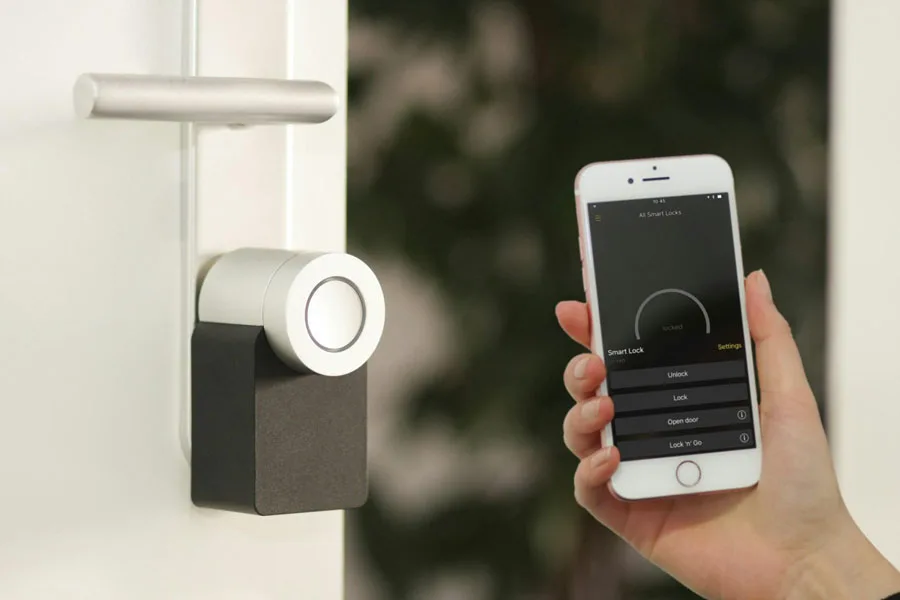
As mentioned, home security is at the top of many consumers’ minds, and a few top home security devices integrate seamlessly into home automation.
Smart security cameras provide peace of mind by offering real-time surveillance and monitoring capabilities. Brands like Arlo and Ring provide a range of indoor and outdoor cameras that integrate seamlessly with home assistants. Users can check camera feeds, receive motion detection alerts, and communicate with visitors using voice commands. With features like facial recognition and AI-powered activity zones, smart security cameras take home protection to the next level.
Say goodbye to traditional keys and hello to smart locks and video doorbells. Brands like August and Yale have redefined home access with innovative smart lock solutions. These locks can be controlled remotely via smartphone apps and integrated with home assistants for hands-free operation. Users can lock and unlock their doors, grant access to guests, and receive notifications about door activity, all with simple voice commands. With added features like auto-locking and geofencing, smart locks offer convenience without compromising security.
Smart thermostats
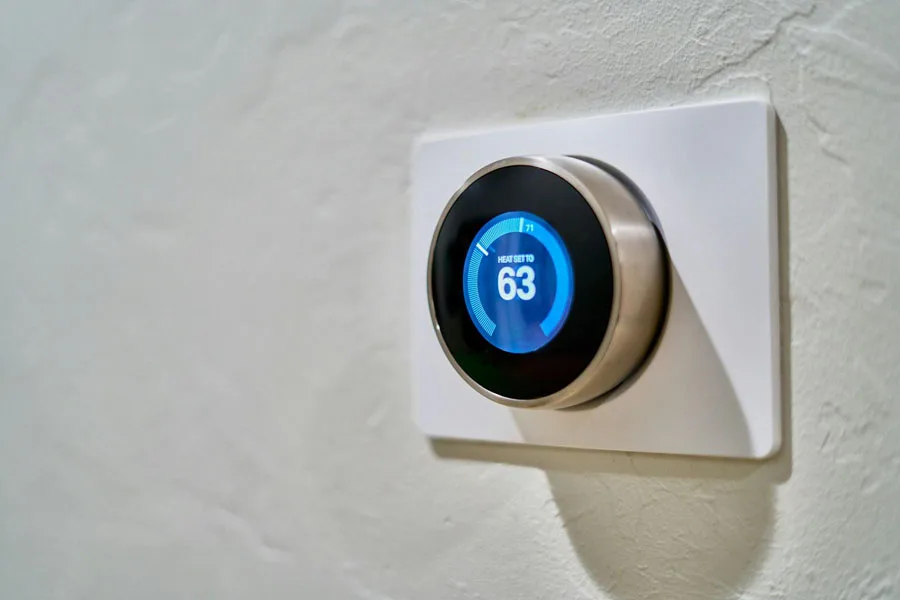
A significant benefit of smart home devices is money and energy savings. Smart thermostats are advanced heating and cooling control devices that use modern technology to enhance the management of your home’s temperature. Smart thermostats connect to a home Wi-Fi network and can be controlled remotely. They often incorporate artificial intelligence and data analysis to learn preferences and create energy-efficient temperature schedules automatically.
Smart lighting systems
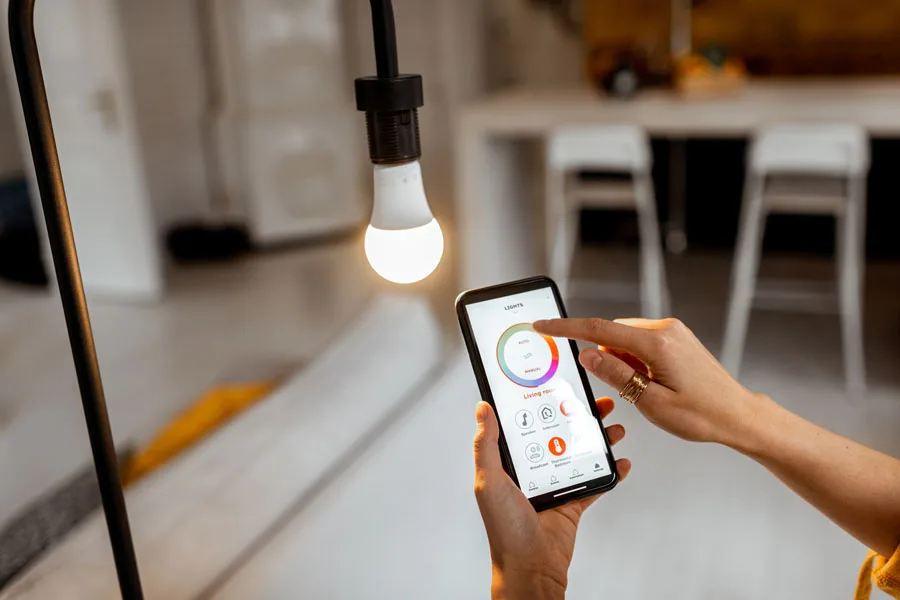
In smart homes, manually switching lights on and off is a thing of the past. Smart lighting systems like Philips Hue and LIFX offer customizable lighting solutions that cater to every mood and occasion. With integration with home assistants, users can effortlessly control the brightness, color, and scheduling of their lights.
Whether dimming the lights for a cozy movie night or setting up wake-up routines to simulate sunrise, the possibilities are endless with smart lighting.
Here are some budget-friendly smart lighting options:
- Smart bulbs: Smart LED bulbs can be controlled using smartphone apps and often offer features like dimming and scheduling.
- Smart light strips: Flexible lighting strips can be used for ambient lighting and creative setups and they’re easy to install as they adhere to various surfaces.
- Smart plugs with regular bulbs: Instead of springing for smart lights, convert lights into smart lights with smart plugs (with the bulbs you currently have). These plugs are controlled remotely and are economical to make any light smart. Plus, smart plugs can control other devices in addition to lighting.
- Wireless smart switches: Smart switches can replace traditional ones and offer wireless control of lights.
- Smart motion sensors: Motion sensors are another great way to upgrade home automation to automate lighting based on movement.
Final thoughts
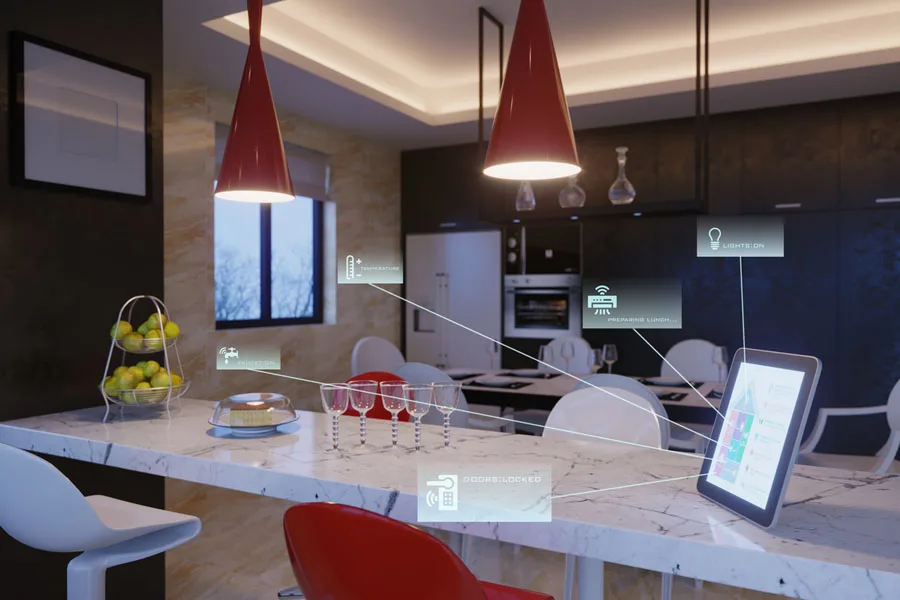
Integrating tech gadgets with home assistants is revolutionizing how we interact with our living spaces. From enhancing comfort and security to optimizing energy efficiency and entertainment, these devices offer endless possibilities for homeowners. For tech businesses specializing in consumer electronics, embracing this trend opens up new avenues for innovation and growth.
By developing products that seamlessly integrate with home assistants, companies can cater to the ever-growing demand for smart home solutions and empower users to create the homes of the future.
Further reading
To learn more about home automation and stay up to date on the type of gadgets that consumers are looking for, follow the Chovm blog. But here are some other helpful topics on home automation.
